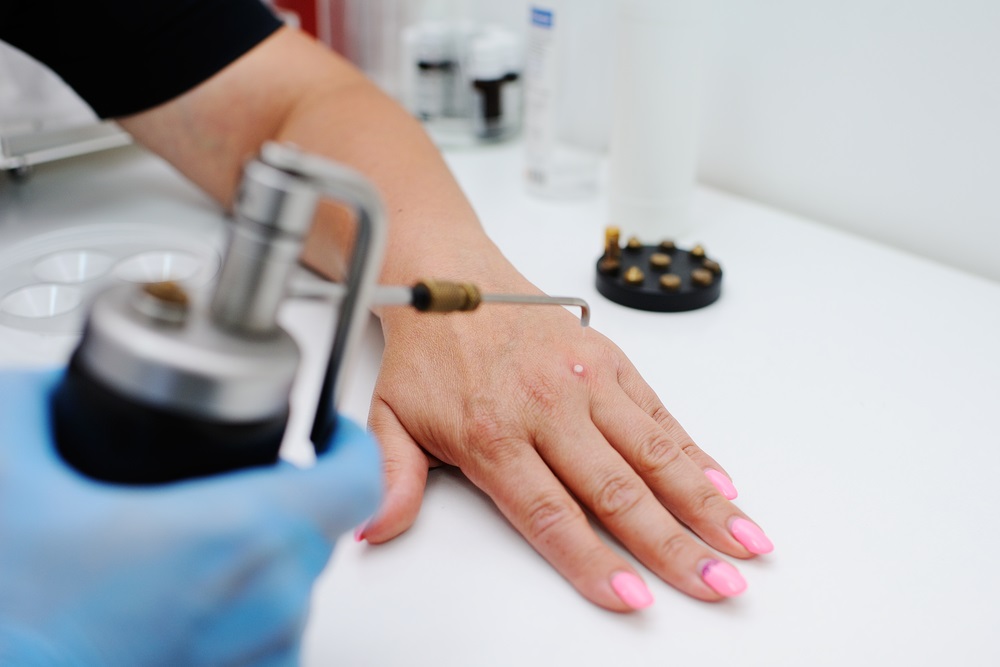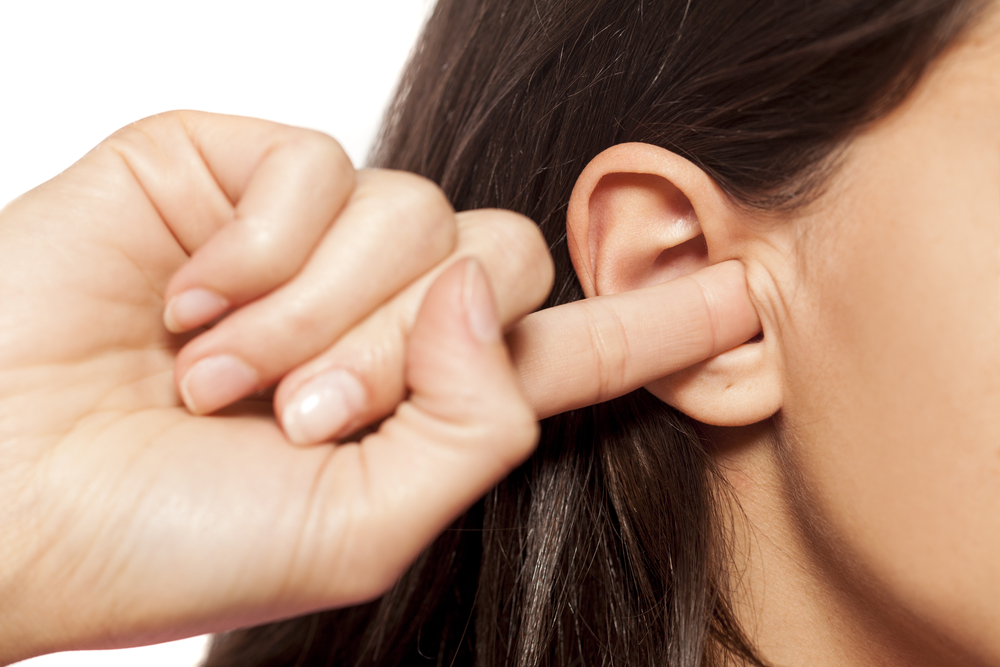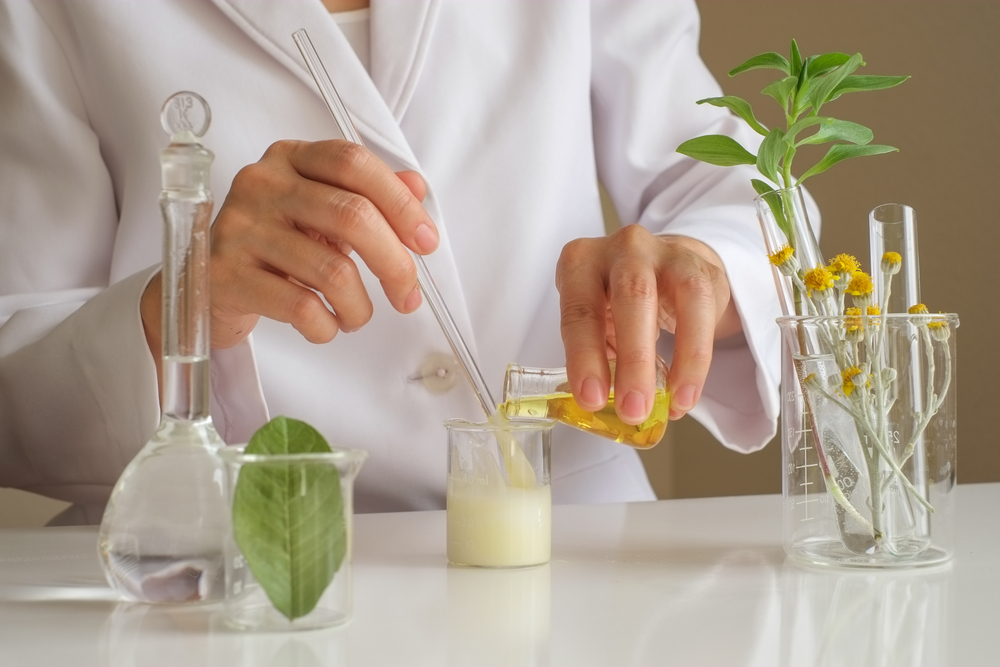- A wart is a skin growth caused by the human papilloma virus. While some strains of HPV are a risk factor for cancer, warts are not.
- There are many kinds of warts that grow on different parts of the body.
- Warts can be treated by home remedies, although modern clinical treatments are considered more reliable.
What is a wart?
A wart is a non-cancerous, benign skin growth caused by the human papilloma virus (HPV) which infects the flat epithelial cells on the surface of the skin, producing a hard, rough “papilloma”. The wart is contagious and spreads by physical contact, even without direct skin-to-skin contact. Warts can be transmitted by sharing razors and towels, or using communal showers.
HPV is extremely common. A recent study at NYU’s Langone Medical Center concluded that 70% of adults are actively infected with one or more strains of HPV. While warts are most common in children and teenagers, people of any age can be affected.
While not all strains of HPV cause warts, most people will have one or more warts at some point in their lives appearing in most cases on their hands or feet.
Genital warts are also caused by a strain of HPV, but their treatment is outside the scope of this article.
» Connect with our medical review team to know more about genital warts and possible treatments.
Types of warts
Warts come in different textures and sizes. Some varieties appear in clusters and cover a large area, while other varieties are more likely to appear in just one spot. Some warts are the same color as the surrounding skin, while others are a more of a grayish brown color.
Each of the over 130 varieties of HPV is typically capable of infecting only a few isolated areas of the body. Some warts appear most commonly on the hands, others appear only on the soles of the feet, and others occur primarily on the face.
Common Warts
The “common wart” or “verruca vulgaris” usually rises above the surface of the surrounding skin and has a rough, uneven surface. Common warts are typically found on the hands, and less commonly elsewhere on the body. They are also sometimes called “junior warts” or “Palmer warts.”
Flat Warts
Unlike the common wart, the “flat wart” or “verruca plana” has a smooth surface and often clusters in large numbers. They are typically found on the hands, wrists, and knees, as well as on the face and neck.
Plantar Warts
Also very common are “plantar warts” or “verruca plantaris”. These hard lumps occur on the soles of the feet and can be painful if not treated promptly.
Filiform Warts
While most warts turn up on the hands and feet, “filiform warts” appear on the face, usually around the nose, lips, and chin. These warts are characterized by thread-like growths or bumps which radiate outwards from the center.
Periungual Warts
Periungual warts form in clusters around fingernails and toenails. The incidence of periungual warts is higher in people who bite their nails.
Professional wart removal options
Aside from being unattractive, warts are usually harmless. In people with normal immune systems, warts typically disappear on their own after a few weeks or months; however, for most people waiting isn’t the preferred solution. Professional clinical solutions provide the fastest avenue to recovery.
These treatments aim to remove warts without leaving a visible scar and include prescription medications, laser resurfacing, and cryotherapy. Which treatment doctors recommend depends on the type of wart and its location.
It’s important to note that wart treatments do not necessarily prevent warts from returning or spreading because although the wart itself has been removed, the underlying HPV infection may still persist.
Cantharidin
Cantharidin should be applied only in a doctor’s office and is considered an extremely hazardous substance. Cantharidin causes the skin to blister and will destroy the wart.
Imiquimod
Imiquimod belongs to a class of drugs that boost the body’s immune response to fight the HPV virus. Imiquimod is available in topical preparations and can be applied at home, but it can only be obtained by prescription.
While Imiquimod has been shown to be an effective treatment, it can take a long time to work. The treatment may need to be applied for up to sixteen weeks, depending on the type and location of the wart.
Laser Surgery
Laser surgery uses intense light to burn away warts. It is performed in a doctor’s office and is recommended for larger warts. The procedure can be performed under local or general anesthetic depending on the type, location, and number of warts. However, local anesthetic is more common.
In most cases, laser surgery does not leave visible scarring. After laser surgery the treated site may be painful for a few days. The exact recovery time will depend on the size and type of the warts.
Cryotherapy
Cryosurgery is the most common non-medicinal procedure for wart removal. It uses ultra-cold liquid nitrogen to destroy the wart tissue. While cryosurgery has a very low chance of scarring, the procedure can be painful. The pain typically subsides within 3 days, and the healing process takes anywhere from 1 to 2 weeks.
To permanently destroy the wart, repeated treatments may be necessary.
Wart removal home remedies
Not quite ready for professional treatment? We asked Dr. Bruce Katz, a dermatologist at JUVA Skin & Laser in New York City for his thoughts on home remedies:
“The only one of these treatments that works reliably is salicylic acid. It comes in liquid or pads at most pharmacies,” says Dr. Katz, “The other treatments have been suggested for many years, but don’t work reliably.”
We’ve listed the other treatments here if you’re interested in giving them a try. Otherwise, your best bets are salicylic acid and the above clinical treatments.
The Duct Tape Method
Formally known as “tape occlusion,” the duct tape method of wart removal is inexpensive and simple. You’ll need to cut a piece of duct tape to roughly match the size of your wart. Cover the wart and wait 6 days. If the tape falls off, try and replace it as quickly as possible.
After 6 days, remove the tape, rinse with warm water and file the wart with an emery board. Cover the wart with a new piece of tape the following day, and repeat the process until your wart is gone.
Salicylic Acid
Many pharmacies will sell over-the-counter wart removal products containing salicylic acid. Salicylic acid wart removers should not be used on genital warts, and are not recommended for facial warts but they do work on other kinds of warts if you’re patient.
In order to apply salicylic acid to warts, you should first file down the wart with an emery board or pumice stone as much as possible. Then apply salicylic acid drops and cover the wart with a band-aid. Repeat this process daily for up to six weeks until the wart falls off.
Tea Tree Oil
Available at most health-food stores, tea tree oil or “melaleuca” is an old but effective home remedy for a variety of skin diseases including warts. Tea tree oil is a natural essential oil derived from the sap of an Australian tree.
To remove warts, apply tea tree oil daily with a cotton swab and cover the wart with a bandage. The oil should help to remove the wart with in 4 to 6 weeks. If you develop skin irritation or show signs of an allergic reaction you should stop using the tea tree oil immediately.
Vitamin C Tablets
A simple yet effective home remedy for wart removal is to crush a vitamin C tablet and mix it with enough water to form a thick paste. Apply this paste daily to your wart, and cover the wart with a bandage. Remove and wash the area each day, before applying more vitamin C and a fresh bandage. The warts should disappear within 6 to 8 weeks.
Apple Cider Vinegar
The apple cider vinegar remedy for wart removal has been popular for centuries, probably because it works. To use this method, soak a cotton ball with apple cider vinegar and then ring it out until the cotton ball is damp, but not dripping. Press the cotton ball against your wart, and cover with a bandage. By repeating this process every day, the wart should fall off within 2 to 3 weeks.
Warts and the immune system
Many people report that warts seem to appear when they haven’t been getting enough sleep, or when they feel exhausted and worn down.
Keep in mind that the best defense against warts is your own immune system. If you are prone to getting warts — or you already have warts and are afraid they’ll spread — make sure your immune system is operating at peak efficiency.
To help your body get rid of warts quickly make sure you’re getting enough sleep, eating a balanced diet, and loading up on immune-boosters like vitamin C, zinc, green leafy vegetables, and antioxidants.
Treating Warts at Home: Top Products
While serious warts may require in-office treatments, the majority of warts can easily be treated at home. Self treatments range from all natural oils to highly effective chemical options, depending on your preferences and needs. The following are some of the top options for at-home wart removal.
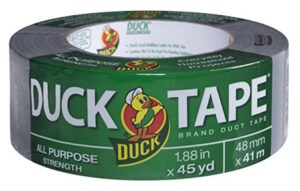
Duck Brand All-Purpose Duct Tape
Duct tape has been used for everything from lifting a 5,000 pound car to saving the lives of astronauts on the Apollo 13 mission, and this silver wonder can even treat warts. After simply covering a wart with duct tape for six days, most warts will rub away with the use of an emery board. Duck Brand is a popular and effective tape that should hold for the entire six day treatment.
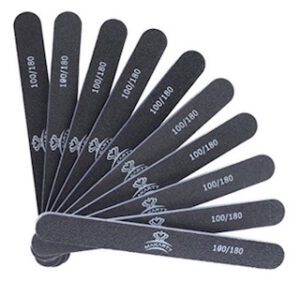
MAKARTT Professional Nail Files
These emery boards help to erase warts following a duct tape treatment. Each of the ten boards in this package can be washed and disinfected, helping to reduce the potential of spreading warts. The multiple grits assure that you can find the right balance of comfort and effectiveness. As an added bonus, the boards can be used for at-home mani-pedis.
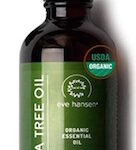
Eve Hansen USDA Certified Organic Tea Tree Oil
If you are looking for a more gentle approach to wart removal, tea tree oil may be the answer for you. This pure tea tree oil is a natural antiseptic and antifungal agent that can eliminate warts in four to six weeks. Eve Hansen’s oil is USDA certified organic and vegan friendly.

Plant Therapy KidSafe No More Warts
With their more regular scrapes and less developed immune systems, kids are more prone to warts than most adults. Unfortunately, many common wart solutions are not suitable for younger children as they use strong chemicals ingredients. No More Warts is special formulated to tackle kids’ warts. This solution contains natural ingredients like tea tree oil, lemon, and cypress to clear away warts on kids as young as two years old.
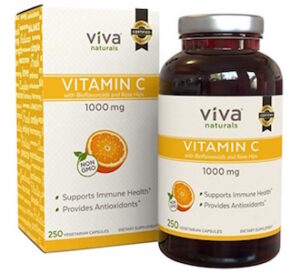
Viva Naturals Vitamin C Capsules
Vitamin C is a helpful addition to your everyday routine, especially during flu season, but this supplement can also be used to treat warts. Removing the vitamin C from the capsules and mixing it with a small amount of water creates a wart treating paste. After applying the paste daily and covering it with a bandage, warts should begin to clear up after six to eight weeks. Viva Naturals’ capsules are vegan-friendly and GMO free.

Bragg Organic Raw Apple Cider Vinegar
A home remedy staple, apple cider vinegar is the multipurpose duct tape of natural treatments. By applying the vinegar to the affected area using a cotton ball, the wart should fall off within two to three weeks. Bragg is USDA Certified Organic and unpasteurized, making it the gold standard of apple cider vinegars.





